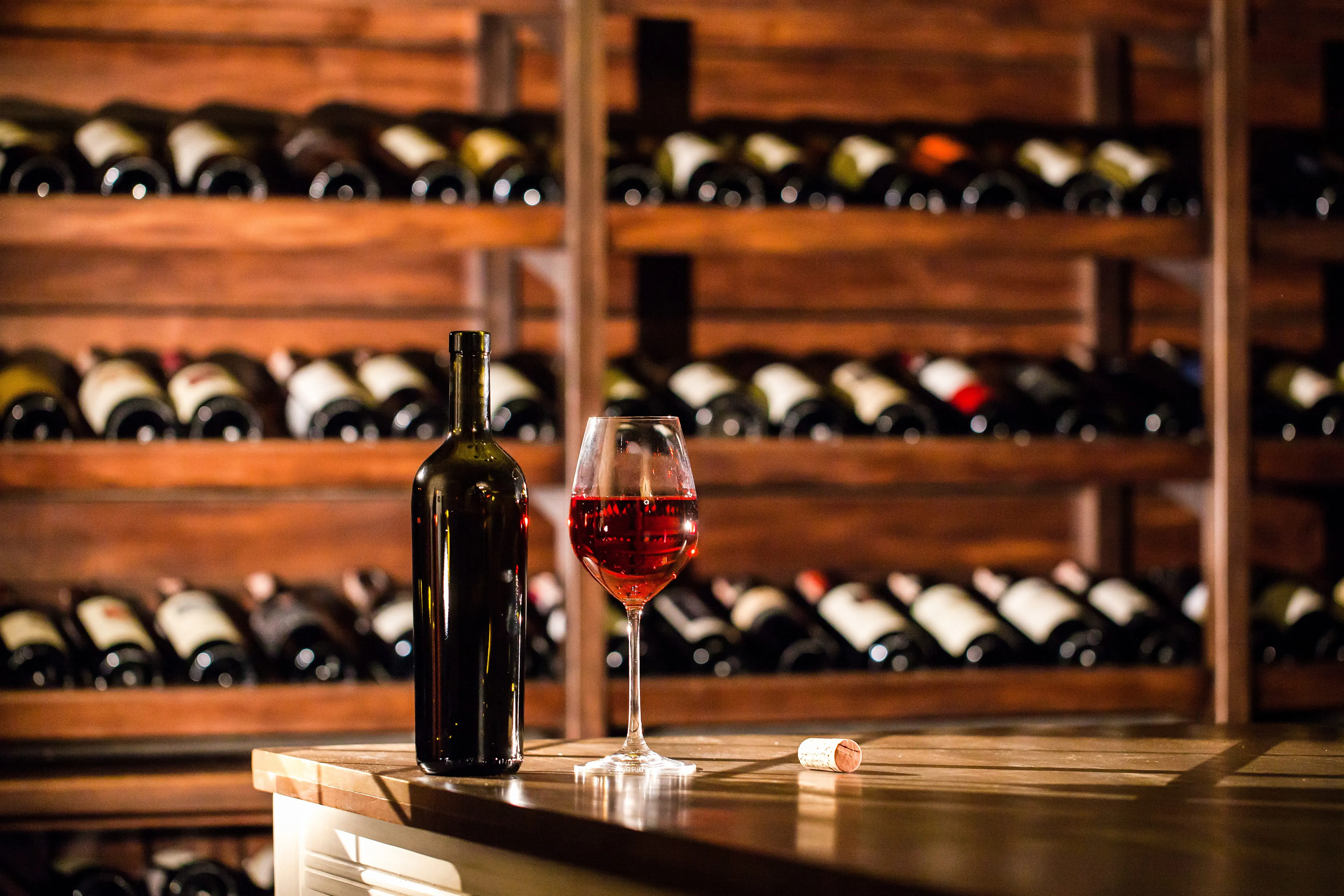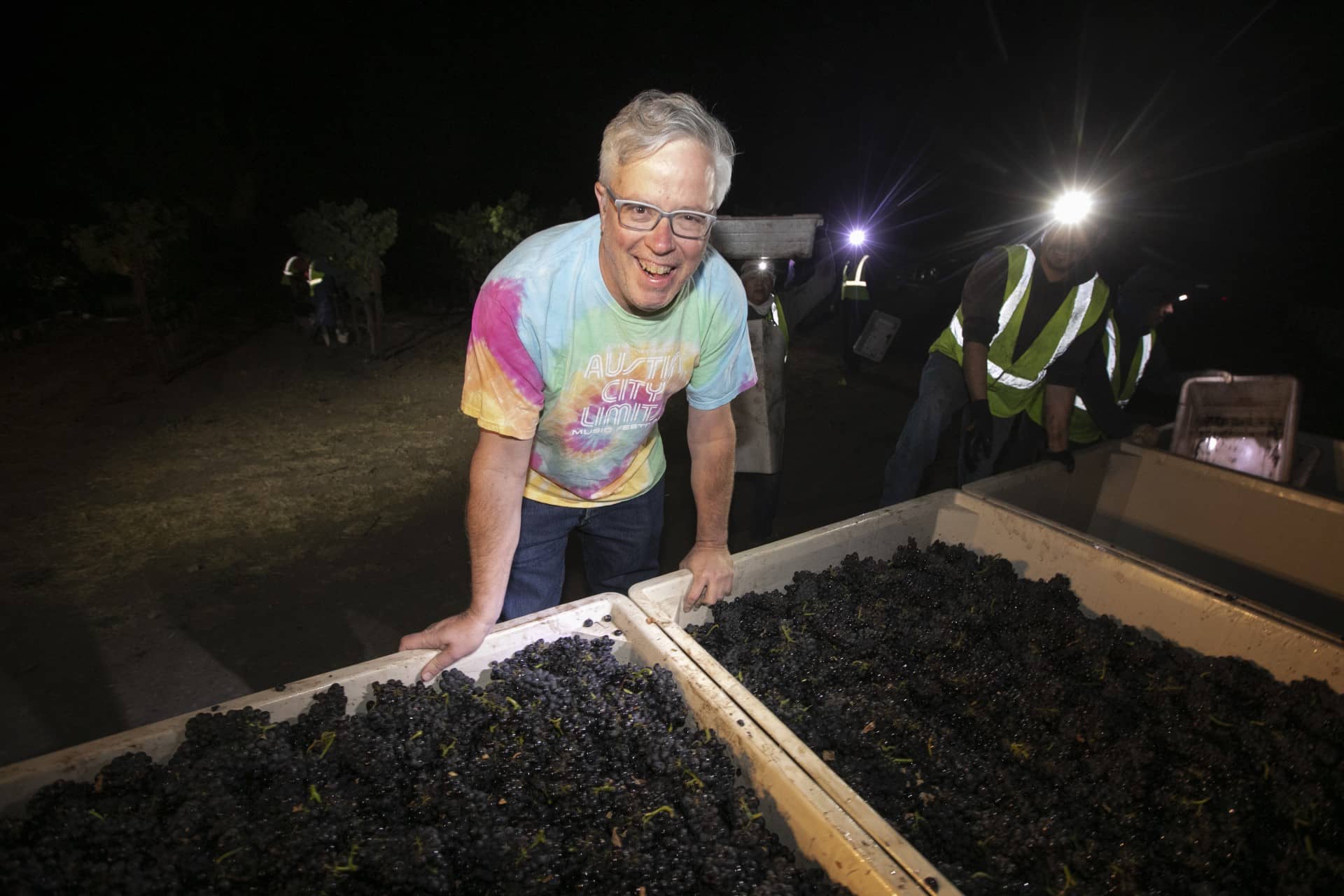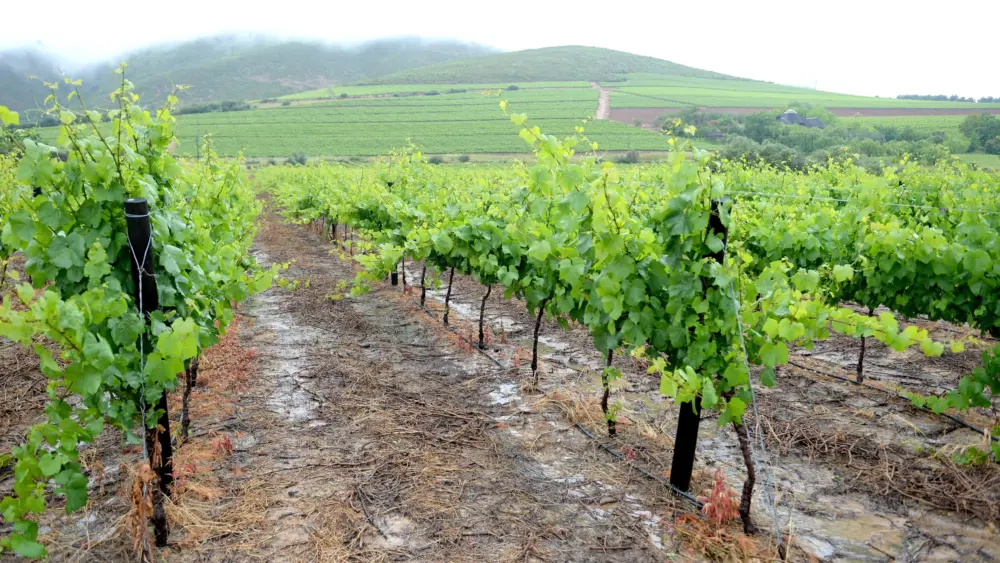
A Wine Improvement District would add a small fee to tasting room purchases.
The recent proposal by the Sonoma County Winegrowers and Sonoma County Vintners to establish a Wine Improvement District (WID) has sparked heated debate across the region. The concept—a fee assessed on all direct-to-consumer (DTC) winery sales in Sonoma County to fund collective marketing efforts—isn’t without precedent. But it is, at best, untested. The longest-standing WID in California, located in Temecula, was only formed in 2021.
Still, the proposal’s backers are pointing to Temecula as a success story. In a letter to members, the Sonoma County Winegrowers wrote:
“Other wine regions in California have implemented Wine Improvement Districts and have seen tremendous results… For example, in just five years, the Temecula Valley wine region grew its direct-to-consumer sales by 88% and its paid tastings by 75%.”
Those numbers are impressive—on paper. In a struggling wine economy, any model that boosts DTC sales and visitation by that much deserves serious consideration. But do those results hold up under scrutiny?
The source of these statistics is the Temecula Valley Wine Country Economic Impact Report 2024, prepared by independent analyst Vince Vasquez, and it compares findings with a 2019 report by Dean Runyan Associates. I’ve reviewed both reports, and several concerns emerge:
- The 2019 report gathered DTC revenue from just 19 wineries—less than half of Temecula’s total—via direct surveys. In 2024, only 21 wineries responded. To fill the gaps, the newer report supplemented responses with sales data (some modeled) from Dun & Bradstreet for roughly 24 additional wineries. In other words, a significant chunk of the data was estimated—and the increase in sales could have come entirely from those estimates.
- It’s unclear whether similar modeling was applied to the 75% increase in paid tastings. But, while those tastings reportedly grew, the 2024 report also shows a drop of nearly 300,000 “other visits” (which includes non-paid tastings) and a decrease of nearly 40,000 winery-related hotel stays.
Meanwhile, Temecula’s WID is currently up for renewal, and concerns are showing. According to the minutes from the Temecula Valley Winegrowers Association’s June 2025 meeting, board members questioned the return on investment. One even asked, “What does ROI success look like?”—and no one had an answer.
Temecula area real estate broker Ben Fraleigh, who’s been selling wineries in the area for 50 years, told the local paper, The Press-Enterprise:
“There’s no growth. You can’t find enough people to harvest grapes. People come out wine tasting and don’t buy. That’s a problem.”
In other words, the glowing picture painted by proponents doesn’t quite match the on-the-ground reality in Temecula.
There’s another wrinkle. In places like Amador and Santa Barbara counties with new WID districts, WID funds have replaced membership dues. But here in Sonoma, the proposed WID assessment would be in addition to current dues. As stated in the Sonoma County Winegrowers’ letter:
“If adopted, the new funds from tasting room purchases would complement the investment you already make…”
That’s a hard sell. Especially when what’s being promised—“media relations, print and digital advertising, special events, sales efforts…”—feels like more of the same. No new strategies, just more dollars behind existing ones. If those were working, would we be in this precarious position?
Perhaps most troubling is the messaging. While the organizations say they’ve “formed a steering committee to explore the potential” of a WID, the public-facing materials lean more toward promotion than inquiry. The website devoted to the WID reads like a sales pitch—not an open dialogue.
To be clear, no one in Sonoma is ignoring the current challenges. And few would argue against the need for bold action. But “bold” should mean different, not just more expensive. The current approach feels less like innovation and more like doubling down on strategies that haven’t delivered.
There’s still time for the steering committee to step back and engage in genuine exploration. That means critically assessing whether Temecula is truly a model for success, or simply a cautionary tale dressed up in creative data. And, more importantly, it means finding new, imaginative solutions to support Sonoma County wine—ones rooted in today’s realities, not yesterday’s playbook.




